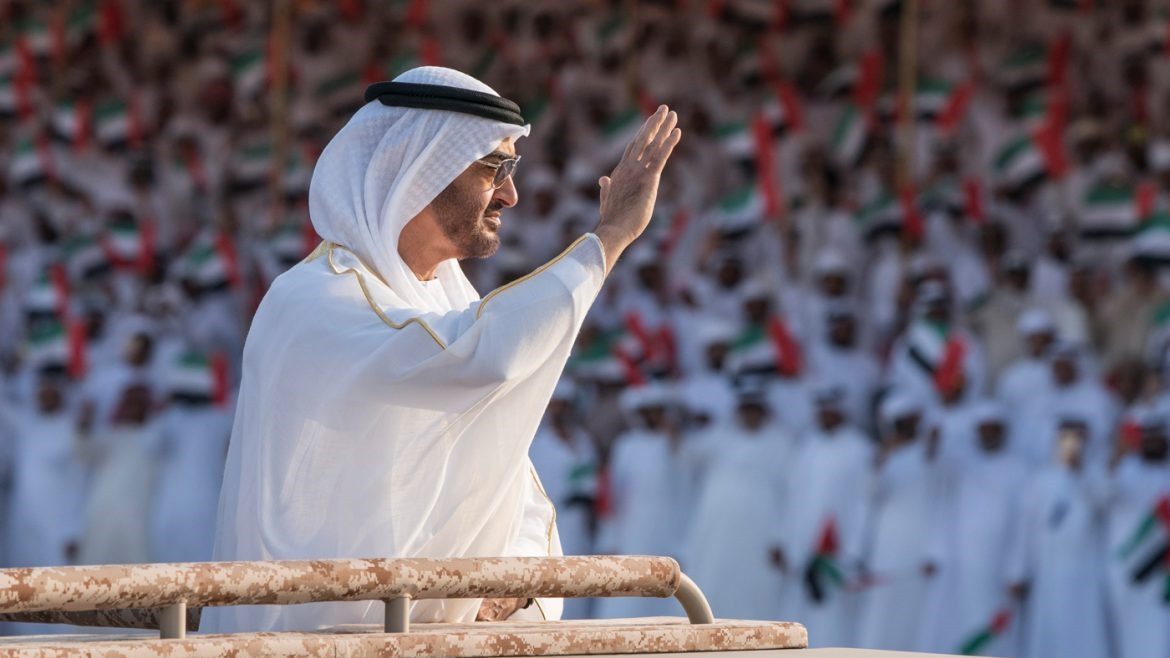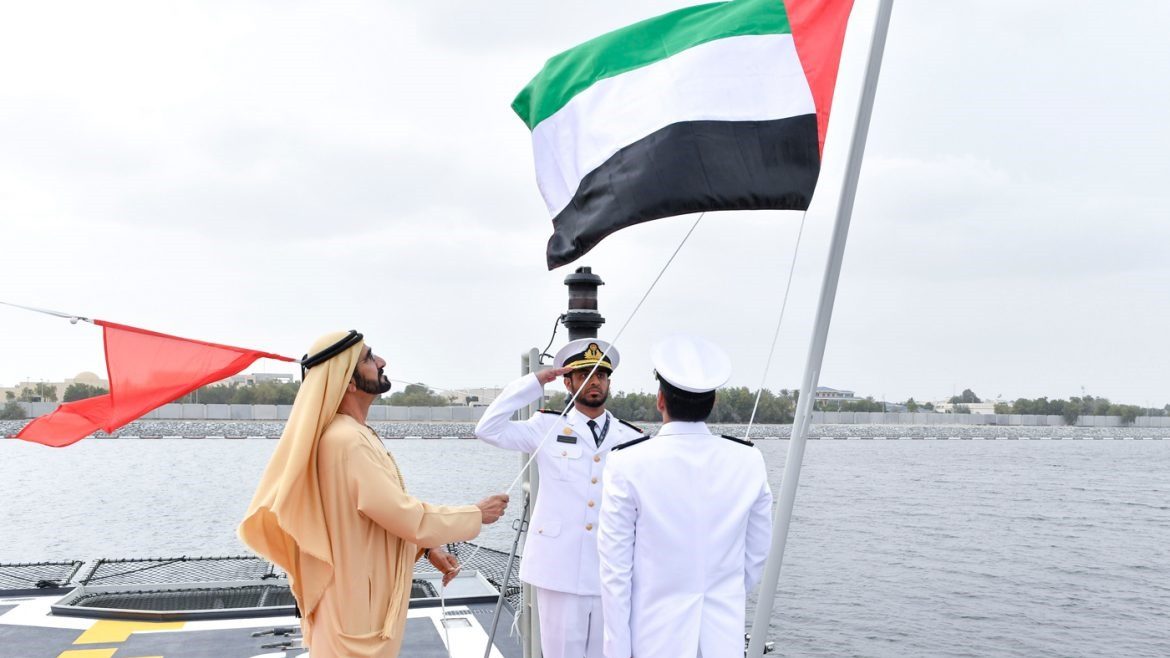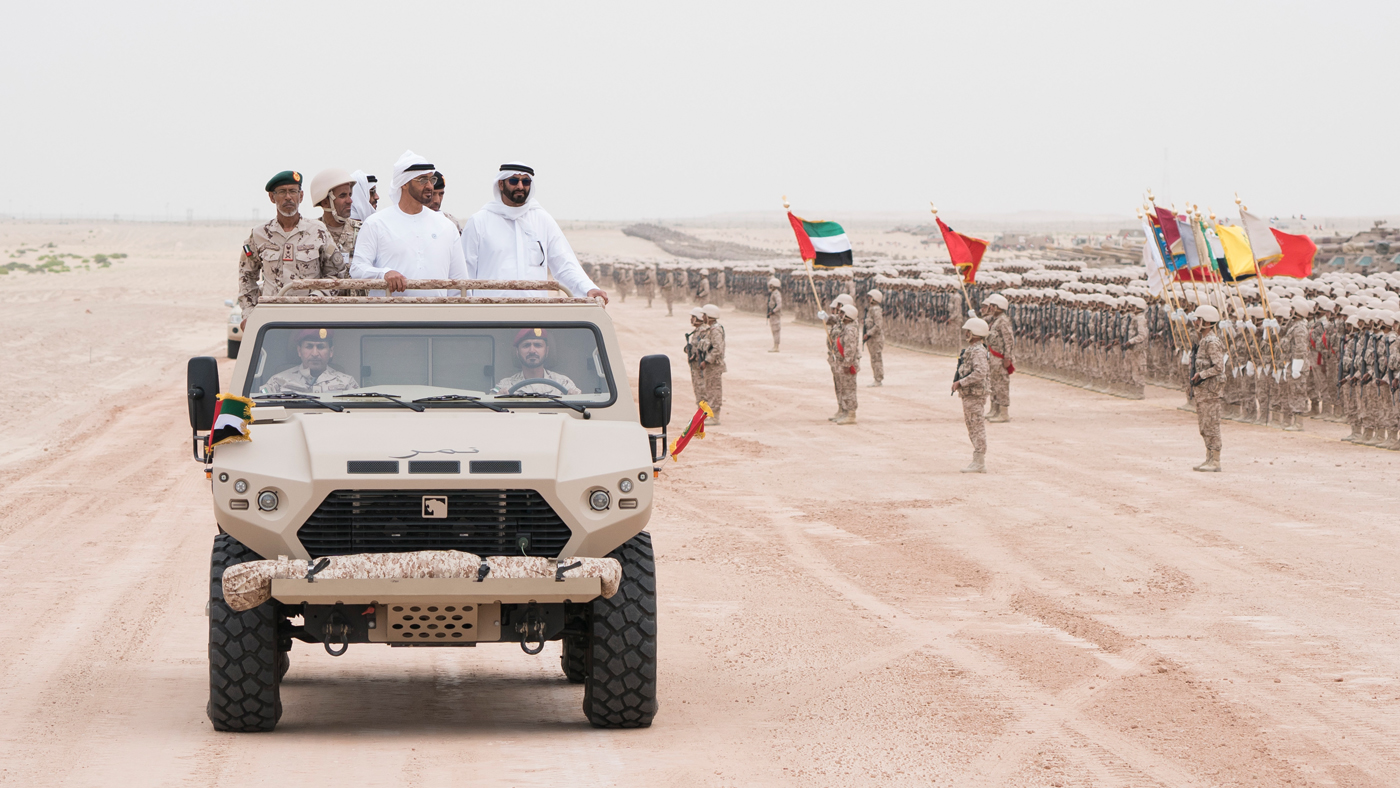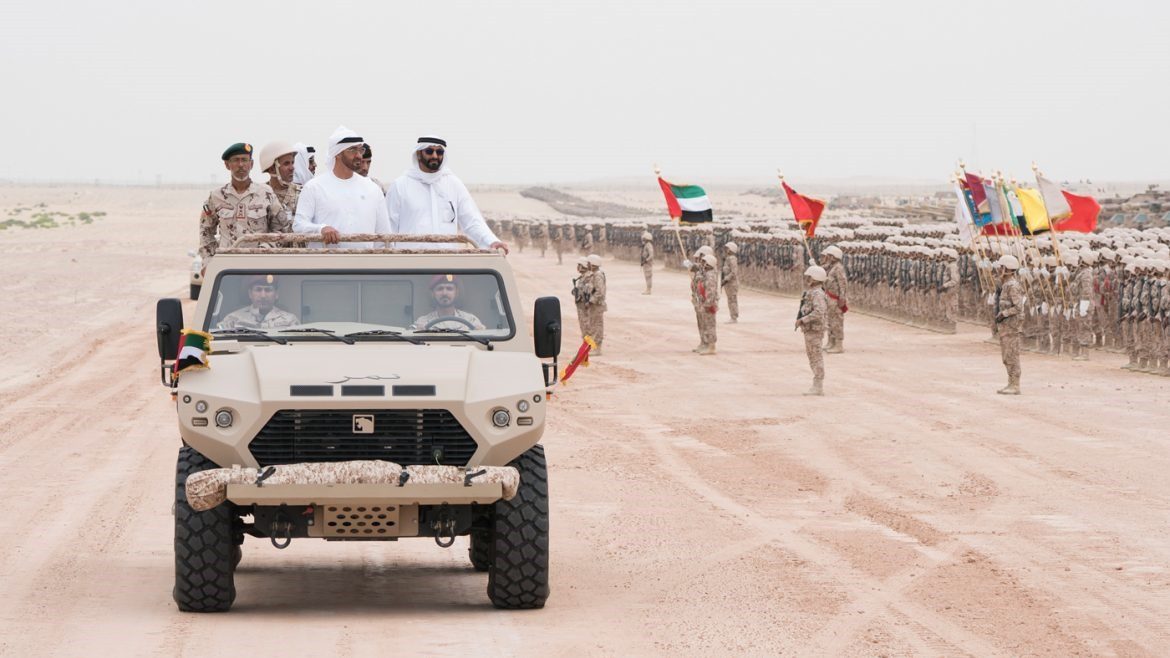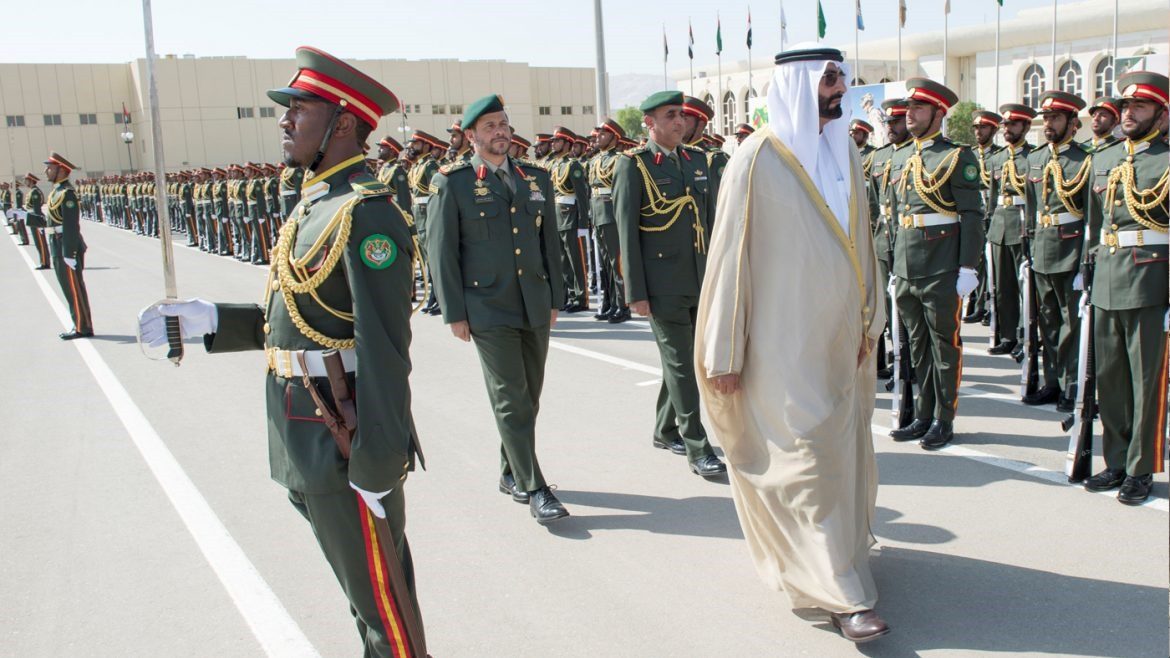General Charles de Gaulle always emphasised that one of the most critical principles of good war preparedness is the preparation of leaders. After becoming President of the Republic, General de Gaulle made it a point to annually visit and inspect all higher education institutions affiliated with the French military academy, ensuring the quality of the system that prepares future military elites and highlighting its utmost importance.
In our contemporary world, the armies of major countries strive to develop their own higher military education policies to ensure their superiority and achieve their strategic objectives. This is especially crucial given the transformations shaking the world since 2011, the tightening of the global geostrategic context, and the intensification of conflicts between nations extending into various fields.
These changes necessitate the reflection of these dynamics in military education policies. For example, the hybrid nature of modern warfare demands more robust integration among all forces, which cannot be achieved without military leaders trained in such integration to assume significant leadership or administrative responsibilities. The return of war in Europe and the need to fight across multiple domains pose new challenges that require updated military education.
What is the value of the most innovative weapon systems or the best-trained troops without training military leaders to lead them and understand the issues and commitments for the future? This urgent need is what armies strive to address to ensure the continuity of their military uniqueness and operational efficiency.
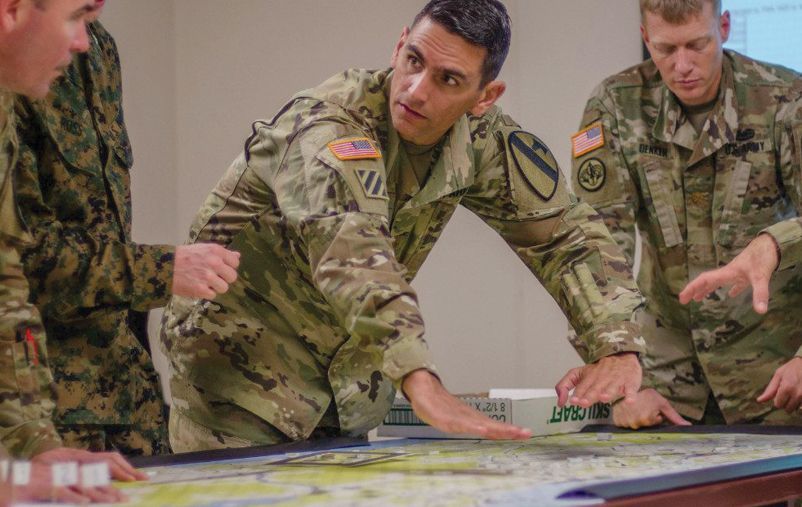
This brief study aims to highlight the most important current trends and transformations in higher military education policies in major armies, as follows:
1. Preparing Senior Officers to Efficiently Handle Responsibilities in Any Circumstance: To tackle the challenges of training and preparing senior military personnel capable of anticipating the improbable, analysing complex contexts, making decisions amid uncertainty, and acting in extraordinary adversity, higher military education in major armies must be ambitious and sustainably innovative.
This should span the entire career of officers and leaders at various levels, both in operational fields and central administration.
This significant investment by military educational institutions in continually adapting their administrative human capital to a rapidly changing environment ensures the performance of their senior executive leaders under all conditions.
Therefore, the implemented higher education system deserves special attention and must result from clear and organized policies, making it sufficiently readable so that its real added value in the officers’ professional lives can be measured.
2. Aligning with Military Uniqueness and Operational Efficiency: Army management, particularly higher military leadership, must rely on higher education that provides officers with a vision of military issues and methods, capable of giving them a clear understanding of military objectives and means. Military uniqueness stems from the fact that every general officer started as a lieutenant, regardless of their initial training.
This mandatory progression through all ranks and successive levels of responsibility, along with the training and preparation provided at these stages, shapes officers capable of making decisions and acting, no matter how severe the surrounding conditions.
Adequate training and preparation that align with military uniqueness contribute to the legitimacy and credibility of leaders, thus enhancing the quality of higher military management, avoiding risks of discouragement, ensuring cohesion within the armed forces, and enabling rapid adaptation regardless of circumstances.
Thus, adherence to military conduct and rules that constitute military uniqueness strengthens mutual knowledge and solidifies the bond between forces and support. These are the fundamental conditions for operational efficiency.
3. Targeting Future War Preparedness: Modern higher military education in major countries can be said to have undergone three phases: the first phase focused on joint weapons manoeuvres for large ground formations. The second phase, which began after World War II and peaked during the First Gulf War, emphasized joint training and alliances as study subjects. Today, the evolution of the strategic environment and new forms of warfare leads us to the third phase, which must focus on preparing officers who are multi-disciplinary and multi-specialised.
4. Adapting to a Changing and Complex Strategic Environment: The new strategic environment today is characterized by complexity, rapid development, and unpredictability. Our contemporary world witnesses interconnected crises and threats, which sometimes manifest as a continuous chain between external operation theatres and national territories. It faces hybrid security challenges blending governmental and non-governmental actors, blurring the lines between war and peace, and disrupting the balance of power in international relations, thus increasing the likelihood of wars to settle political disputes.
Moreover, the three traditional military domains (land, sea, and air) where conventional armed conflicts occurred now include three new domains of military confrontation: outer space, cyberspace, and the information domain. These domains, initially considered force multipliers, have become grey areas, neither fully peaceful nor entirely at war, where potential destructive actions pose real challenges. High-intensity conflict will certainly start in one or more of these areas.
Given such complexity, rapid transformation, and uncertainty, strategic surprise is inevitable unless higher military education is developed to enhance resilience, survival, and operational superiority. Innovation alone, not just technologically but also procedurally and organizationally, will make adaptation possible during increasingly challenging operations.
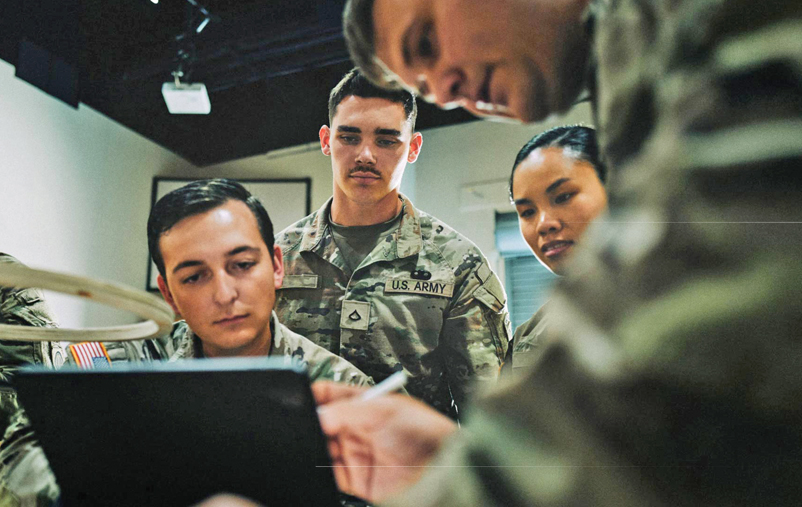
5. Providing a Competitive and Dynamic Training Environment: New policies for military education in major armies view this education as a crucial tool in strengthening the connection between the military and the public, as well as within the context of international relations. This education must be valued because it defines the place of officers and their contribution to the defence of the state, the people, and global peace.
6. Allowing the Acquisition of Necessary Knowledge Beyond the Military Field: To assume leadership, officers must acquire a diverse range of knowledge, including military expertise and non-military knowledge. To fulfil their leadership duties, officers should possess the appropriate military knowledge and skills for contemporary and future war contexts, with a strong emphasis on non-military culture. This should encompass the humanities and social sciences, as well as pure and natural sciences, to understand the evolution of the world and society without necessarily having expertise in all fields. Higher military education institutions must therefore ensure their officers comprehend the economic and industrial context behind developing the defence industrial and technological base. They should also encourage attention to future studies, the implications of emerging technological breakthroughs on capabilities, and an understanding of the challenges posed by new forms of conflict.
7. Promoting War-Related Research and Supporting Warfare: Higher military education in major countries aims to form an elite of officers combining rich operational experience with superior quality training and education. Developing war studies through higher military education institutions is essential to support the strategic thinking of armies and enhance the impact of their military thought.
8. Opening Up to Civil and Partner Cultures: Understanding the shared culture of partners and allies is essential for effective communication. On a national level, openness to the civilian world and knowledge of the organisation and functioning of national civil institutions, as well as understanding the processes governing interaction with other ministerial departments, are crucial for senior officers. National defence only makes sense within an inter-ministerial framework, which, when applied to crisis management, allows for leveraging the strengths that form the concept of comprehensive power.
On a regional and international level, officials need to master the organisation and functioning of regional institutions. Military higher education institutions are the ideal place to develop mutual knowledge about the history and culture of different allied countries to understand their various approaches and strategic visions.
This mix of knowledge is an indispensable condition for developing a national strategic culture and the strategic culture of allied countries.
Finally, on the international level, senior officers must understand the strategic environment and global issues, and be knowledgeable about international organisations, especially those related to security, to understand the interests and goals of their state, allies, and strategic competitors. In this context, mastering modern languages is an essential prerequisite for any desire to influence or work in a multinational framework.
9. Enabling Access to High-Level Responsibilities with Three Integrated Levels: Higher military education in major military institutions is typically divided into three progressive and integrated levels:
• The first level includes education at a high tactical or technical level, preparing officers to take on responsibilities in specific fields.
• The second level involves education at an operational level requiring high expertise, preparing officers to perform leadership and management roles.
• The third level equips officers called to assume high responsibilities with deeper knowledge in political, military, and strategic fields.
10. Bridging the Gap Between Generations: An officer’s role in leading and directing subordinates, often much younger than themselves, requires an understanding of societal evolution, the characteristics of those generations, the challenges they face, and the dynamics governing their interactions. Young soldiers or civilian collaborators with the military do not share the same cultural references as their commanding officers. Societal changes, new priorities, and the evolution of information technologies all exacerbate the generational gap, which must be understood correctly for effective leadership. Future leaders will need to adapt their leadership style to the new characteristics of their subordinates to enhance their skills and leverage their innovation capabilities, ensuring victory in modern warfare.
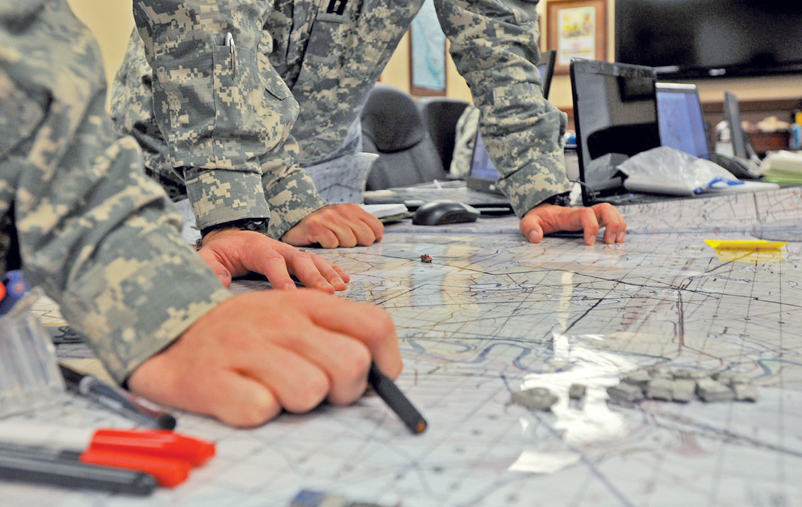
Conclusion
The ambitions pursued by higher military education policies can be summarised as follows:
- 1Developing modern operational capabilities of armies by preparing administrative human capital with the skills necessary to accomplish military tasks in contemporary and future contexts.
- Strengthening the bond between the military and the people.
- Considering higher military education as a tool of international influence, serving political interests.
- Ensuring that military education policies are flexible, responsive, and adaptable to unexpected changes and can sustainably endure shocks.
No country or army possesses all the tools necessary to prevent and resolve crises. Therefore, a broad network of partners is essential to combine and leverage various strengths: diplomatic, informational, military, and economic.
In the context of new forms of conflict, ranging from hybrid warfare to full-scale confrontation, it is crucial to establish partnerships, including beyond the military domain, with a wide range of actors (civil society, private sector, governmental and non-governmental organisations, and international bodies) to consider war in all its dimensions and provide substance to the military. Central command leadership must be flexible and dynamic to increase decision-making speed from the political-strategic level to the tactical level while enhancing decentralised operational control.
In a battlefield dominated by AI and autonomous systems, higher military education must balance the need for speed and maximum decision-making efficiency with the requirement to maintain control over the generated effects, while taking ethical considerations into account.
« By: Dr. Wael Saleh
(Expert at Trends Research and Advisory Centre)



